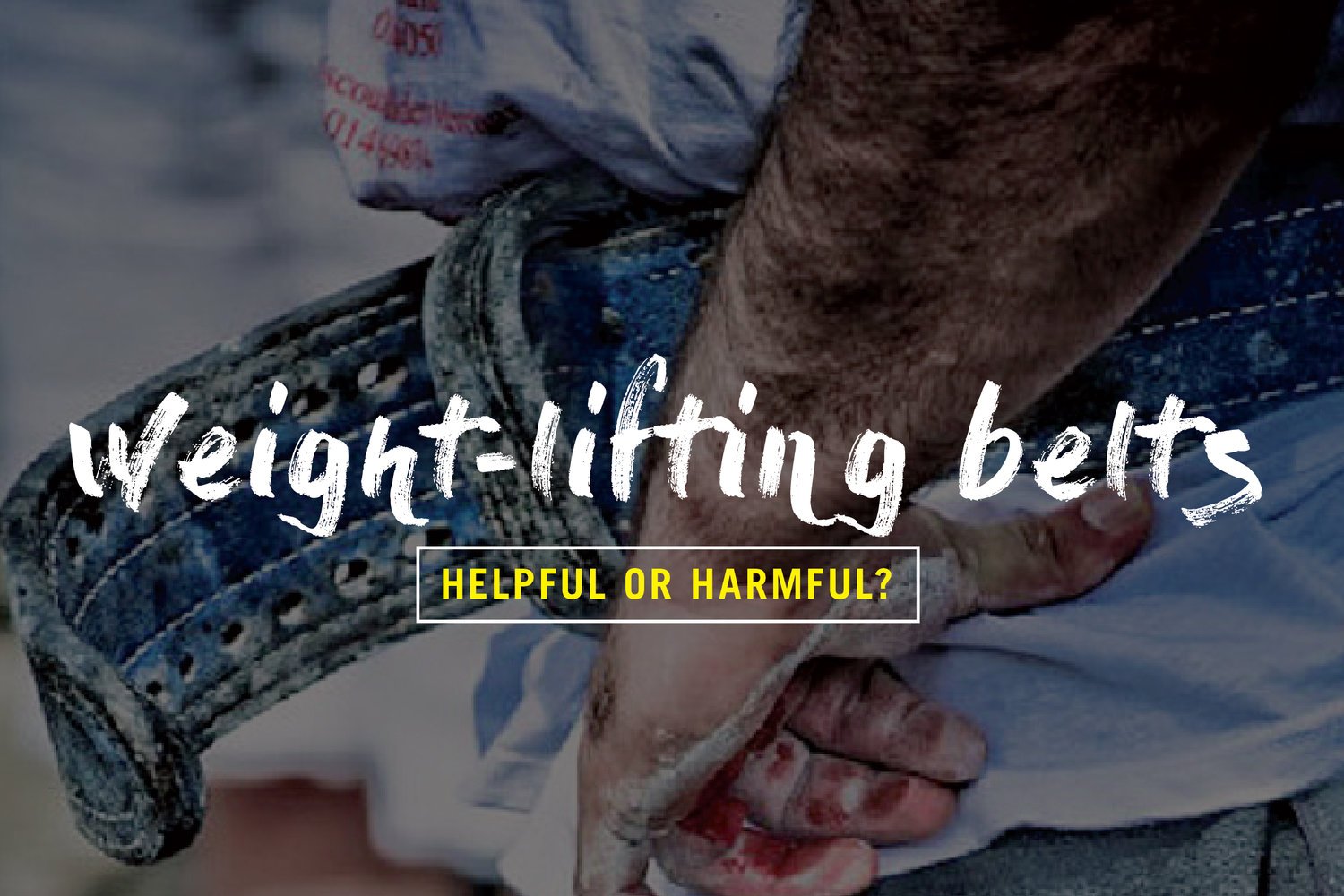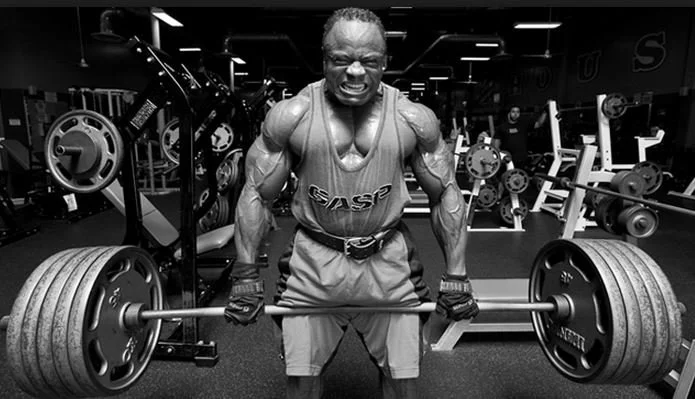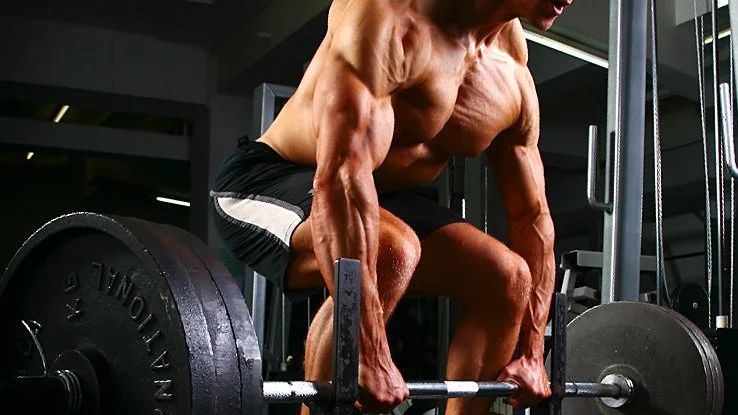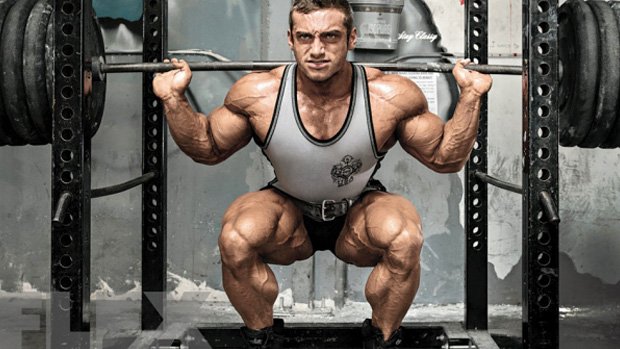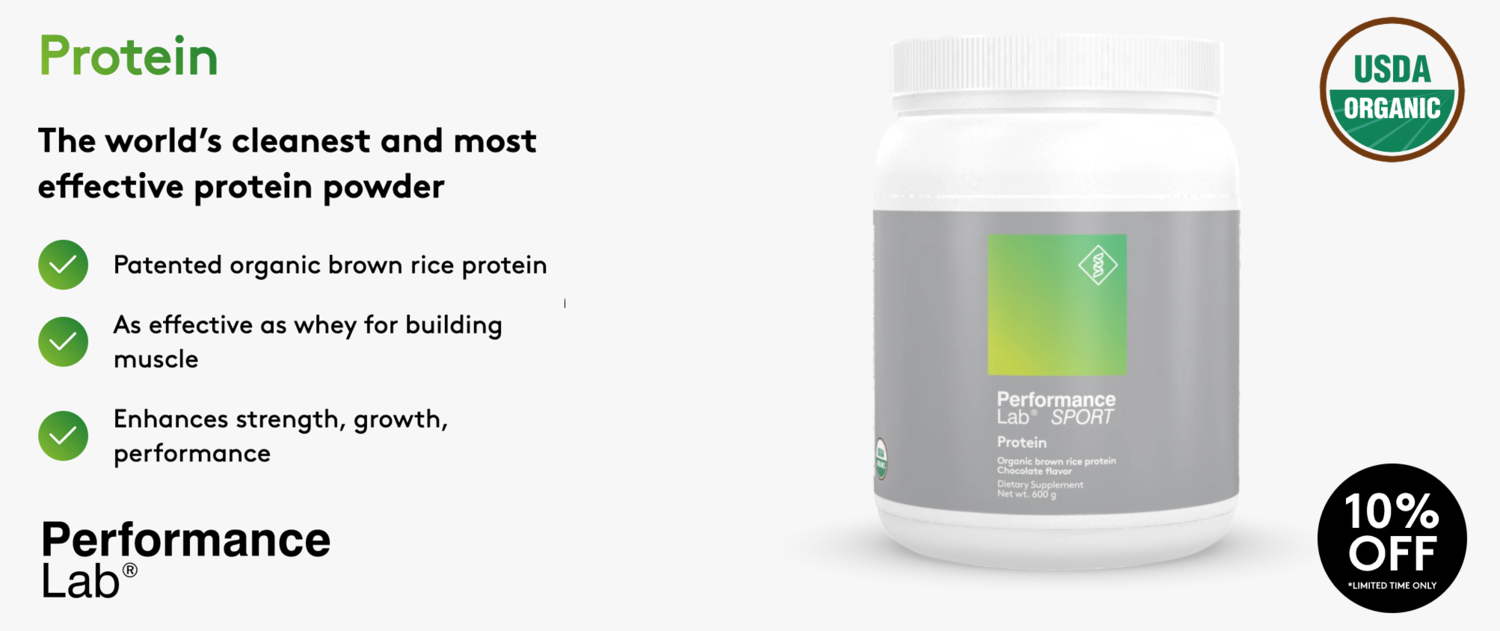Weightlifting Belts – Helpful or Harmful?
By: Mathews McGarry
Whether you are a lifting rookie or an experienced veteran, you might have seen people around the gym sporting different shapes and sizes of lifting belts. You also might have begun to wonder whether you need to get one of these for yourself, or if you will be just fine if you keep on doing things the way you have been doing them. Will you be able to lift more, will you stay safer, or will there be no significant change?
In order to save you any further puzzlement, here is a short overview of the belt and its types, uses and benefits.
Brace Your Belts, It’s Power Time
The weightlifting belt is a useful piece of equipment for seasoned gym bros looking to get the biggest bulk for their buck. According to a 1999 study, wearing a weightlifting belt can increase intra-muscular pressure of the erector spinae muscles, thus improving the lifter’s stability and performance during heavy lifts.
Since lifting belts are designed to support the lower back, wearing one can in some cases help the lifter avoid an injury that could derail his muscle building progress or leave him bed-locked for days or even weeks. But there’s more still: a 2006 study has found that wearing a weightlifting belt can reduce spine loading, thus slicing the risk of spinal injury while at the same time maximizing training effects.
When It’s Okay to Drop the Belt
Though the weightlifting belt can help a gym bro increase weight per deadlift slightly, it’s what’s underneath the strap that will decide whether you should put it on or not. Beginner lifters often have a weak core to start with, and wearing a belt will only mask the problem instead of fix it. The belt can’t replace proper core work, stabilization, or technique, which is why it shouldn’t be used by newbie lifters or experienced lifters with weak lumbar muscles.
Another reason why a novice should stay away from the weightlifting belt lies in the fact that it inhibits motor learning in the abdominal muscles. Wearing a belt until you’ve built core strength and hammered a technique in place can result in bad technique, wimpy lower back, or even injury – and you don’t want any of those to get in the way of your performance.
Know Thy Belt Before Thou Slap It On
Just as any other piece of gym gear out there, the lifting belt has evolved through history. Still, while the belt’s size, shape, and materials have changed, its main purpose has remained pretty much the same: that of support and performance booster. Today, weightlifting belts come in three different models: the powerlifting strap, the Velcro edition, and the traditional bodybuilding belt.
1. Powerlifting Belts
The powerlifting belt is stiff, highly resilient, and has the same width throughout to max out internal pressure buildup and improve performance and weight per lift. It usually rocks a heavy-duty buckle to prevent the belt from becoming undone halfway through the lift by accident.
2. Velcro Belts
The Velcro belt is less sturdy than its powerlifting sibling, which is why it cannot sustain as much force and generates less intra-muscular pressure. Velcro belts are usually made from a synthetic material and aren’t outfitted with a buckle, so they’ll pop off easily if exposed to great force for an extended period of time.
3. Bodybuilding Belts
The bodybuilding belt is made of leather, with the back side wider than the front. It’s about as thick as an average pant belt and it has a buckle similar to that found on a powerlifting belt. As for the amount of intra-muscular pressure it can generate, the bodybuilding belt ranks halfway between the powerlifting and the Velcro belt.
So, do you really need to wear a weightlifting belt during deadlifts and jerks? Absolutely not; but you can tote it around the gym if you want to look tougher or lift heavier weights, for as long as you’re using it properly instead of abusing it. Happy lifting!

